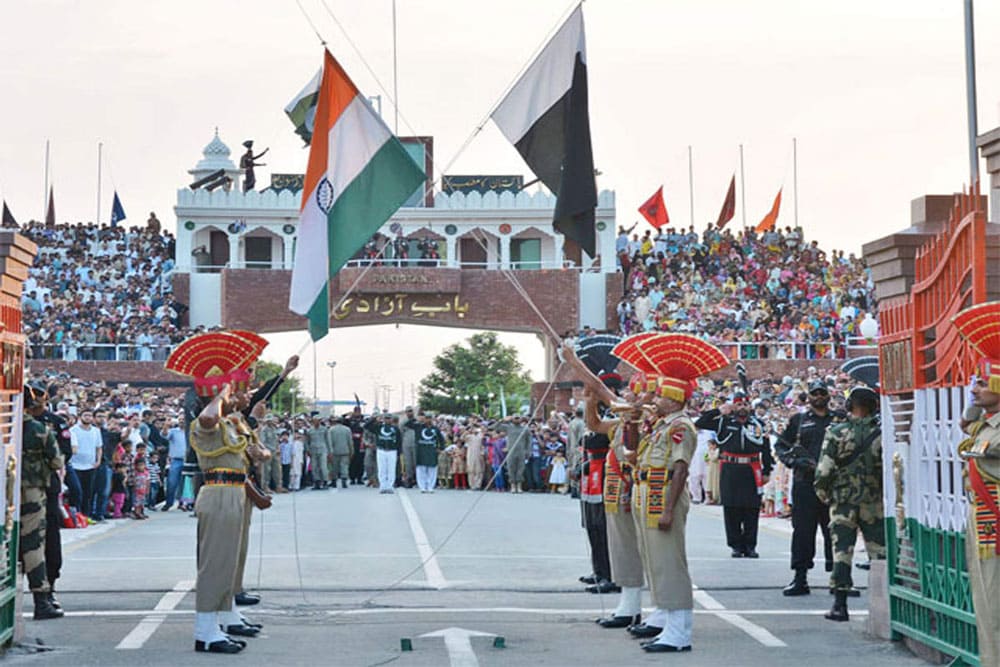Amritsar, literally a Pool of Nectar, derives its name from Amrit Sarovar, the holy tank that surrounds the splendid Golden Temple. Guru Ramdas, the fourth Guru of the Sikh faith, founded Amritsar in 1579. One of the most pristine cities with Guru-vaani humming from the Gurudwaras, Amritsar is renowned the world over for the Golden Temple, also known as Harmandir Sahib Gurudwara - the holiest Gurdwara.
Following are the best places to visit in our beloved city Amritsar.





